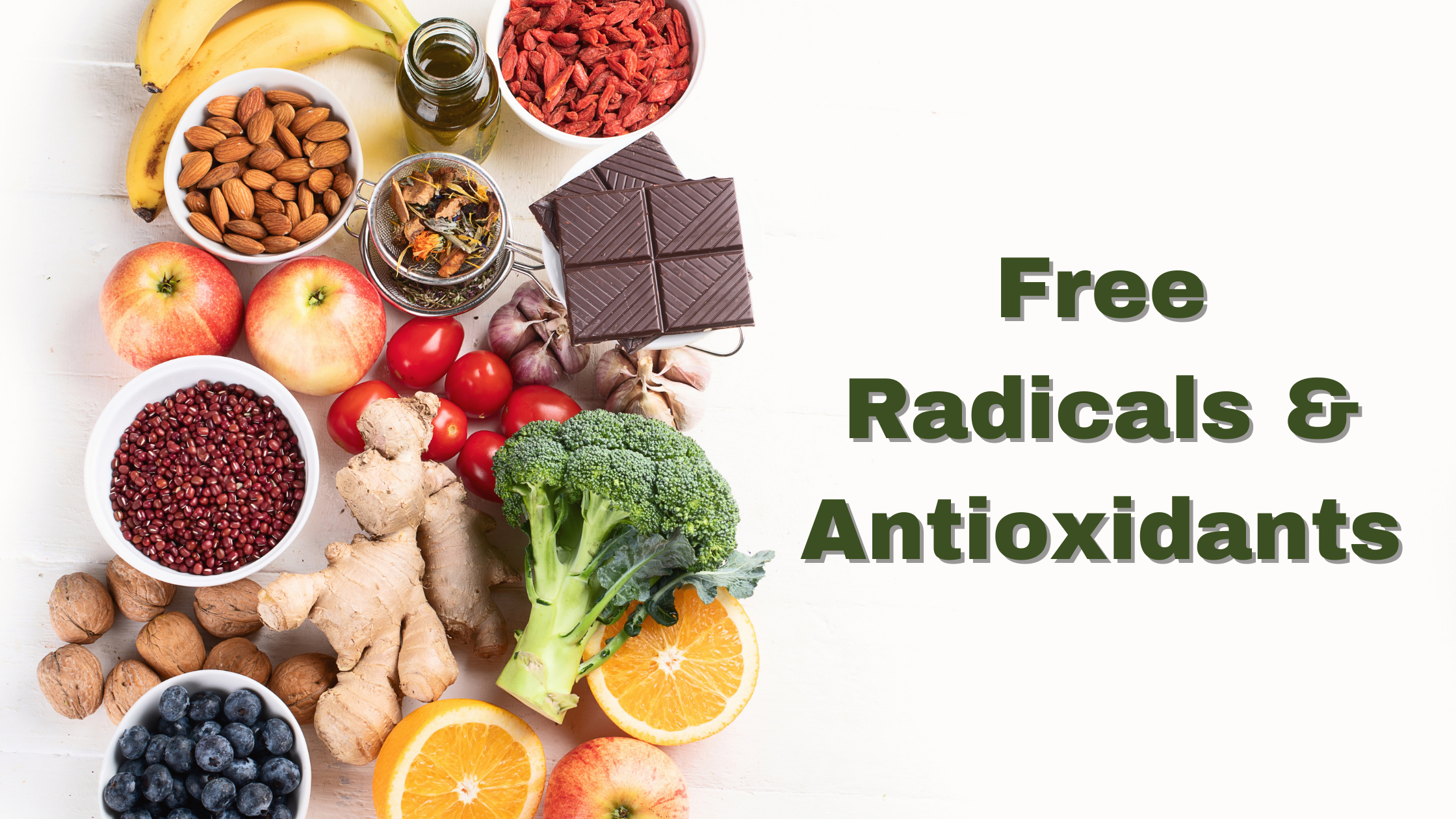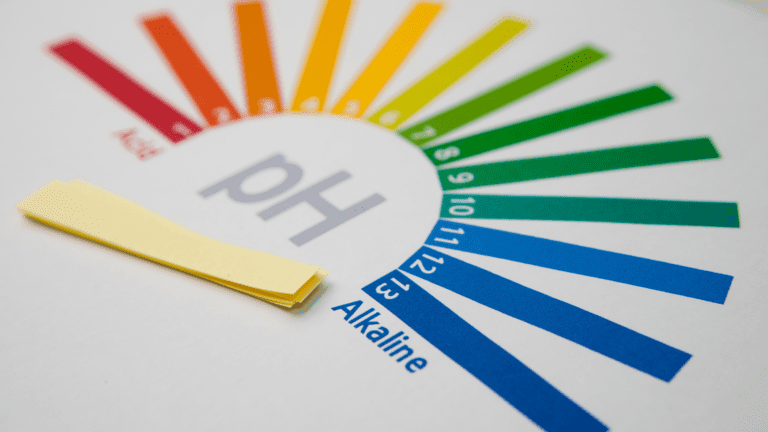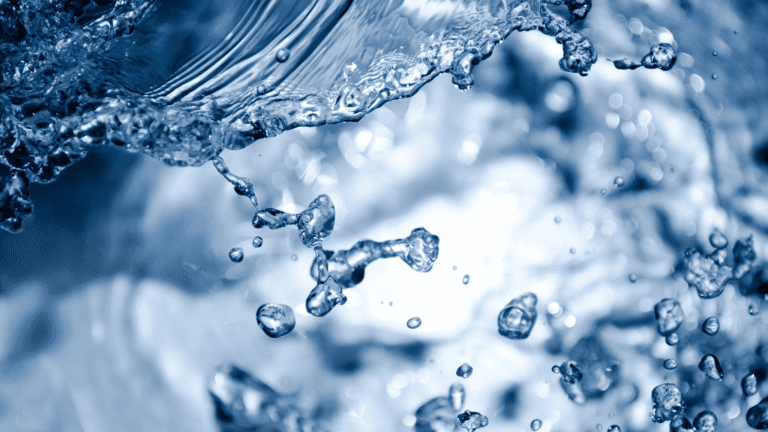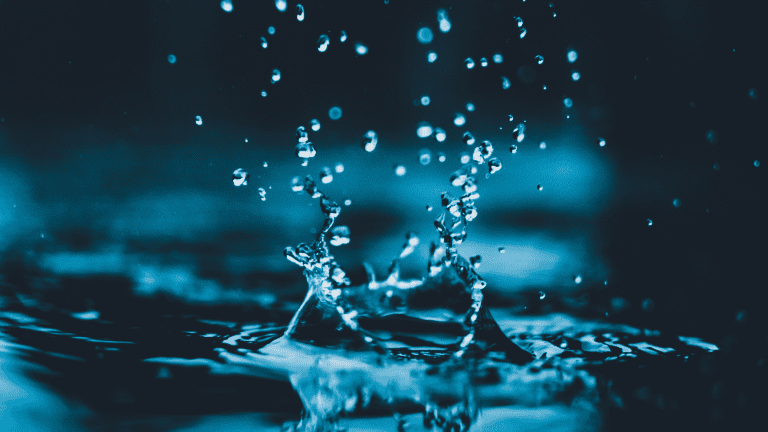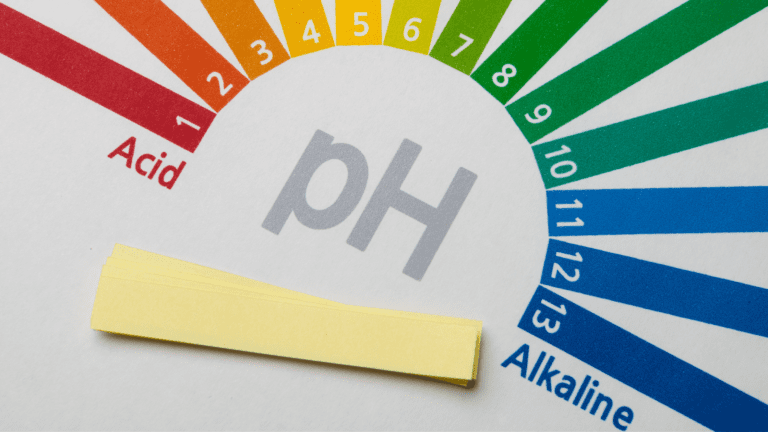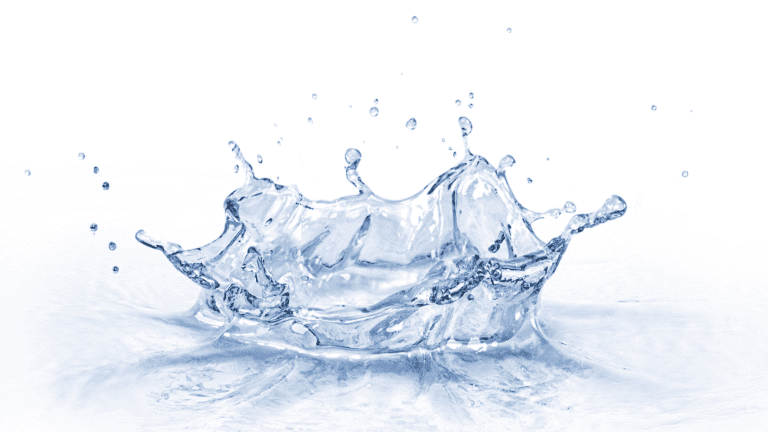DEFINITION & EXPLANATION
Free Radicals, also known as electrically modified species, are atoms, molecules or ions that have an unpaired valence electron.1Because electrons like to “travel” in pairs or need a companion, if there is only one electron by itself on a chemical species, this will make this chemical entity very reactive and it will readily “steal” an electron from its surrounding environment,2 which often occurs within the body.3
Reactive oxygen species (ROS) are also biological products of metabolism.4 As explained in another article, ROS has both negative and positive health benefits.5
THREE MISCONCEPTIONS
Besides the major misconception that all ROS is bad and the more antioxidants the better, there is another one that is more of a chemistry technicality than a physiological one.
There are numerous books, marketing literature, explanations, websites, YouTube videos,6 etc., where the free radicals are labeled as being positively charged and antioxidants negatively charged.7,8 This has even gone so far as to erroneously claim that low pH (acidic) water or foods are oxidizing and that high pH (alkaline) water or foods are an antioxidant.9
(1) ARE ALL FREE RADICALS POSITIVELY CHARGED?


Let’s first discuss the fallacy that all free radicals are positive. When I hear somebody make the claim that free radicals are positive, I like to ask them, “What free radicals do you know of that are positive?” Although, there are some organic molecular cations and reactive nitrogen species that have radical character,10,11 positively charged free radicals in biological systems are not common. The fact is that most biological free radicals are negative or neutral.12 Take a look at the picture of a few common free radicals and their structure. Actually not all of them are free radicals, i.e. hydrogen peroxide, peroxide, peroxynitrite, hypochlorite, because they do not have unpaired electrons. They follow the octet rule.
(2) ARE ALL ANTIOXIDANTS NEGATIVELY CHARGED?
The second common misconception, like the first, is the claim that all antioxidants are negatively charged.8 What antioxidants do you know that are negatively charged? There are a few, but most of them are neutral. (If you thought about hydroxide (OH–) then read this) Generally, antioxidants have conjugated pi systems, which allow electron delocalization and different resonance structures. This allows the antioxidant to donate an electron to a radical without becoming overly reactive itself.13
(3) DOES AN ACID AND ALKALINE PH CORRESPOND TO FREE RADICALS AND ANTIOXIDANTS?
The other misconception is acidic foods or water is oxidizing and alkaline foods or water is anti-oxidizing.9 This begs the question, what about ascorbic acid, which is the epitome of both an acid and an antioxidant. In fact, most fruits, which are high in antioxidants,13 are quite acidic (pH 1-5).
The fact is that pH and free radicals are really different chemical reactions.14 One is acid/base chemistry, and the other is oxidation/reduction chemistry. If something is acidic, it means it has a greater H+ ion concentration. Remember free radicals are chemical species with an unpaired electron; notice that the H+ ion doesn’t even have an electron? By this reason alone, it is clear that this entire notion is flawed.
SUMMARY
In summary, it is seen that free radicals are merely chemical species with an unpaired electron. They are not always positive, and most are actually negative or neutral. Antioxidants are not always negative, but generally neutral and possess the ability to donate an electron without becoming reactive themselves. Furthermore, there is a stark difference between acid/base chemistry and redox chemistry, and the two should not be confused.

